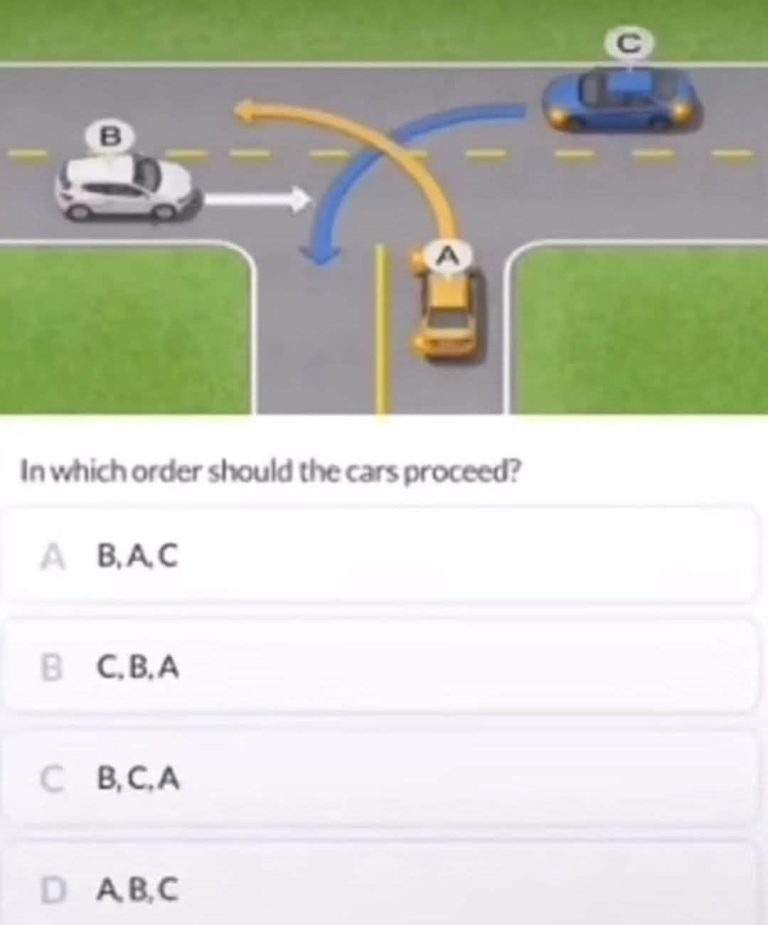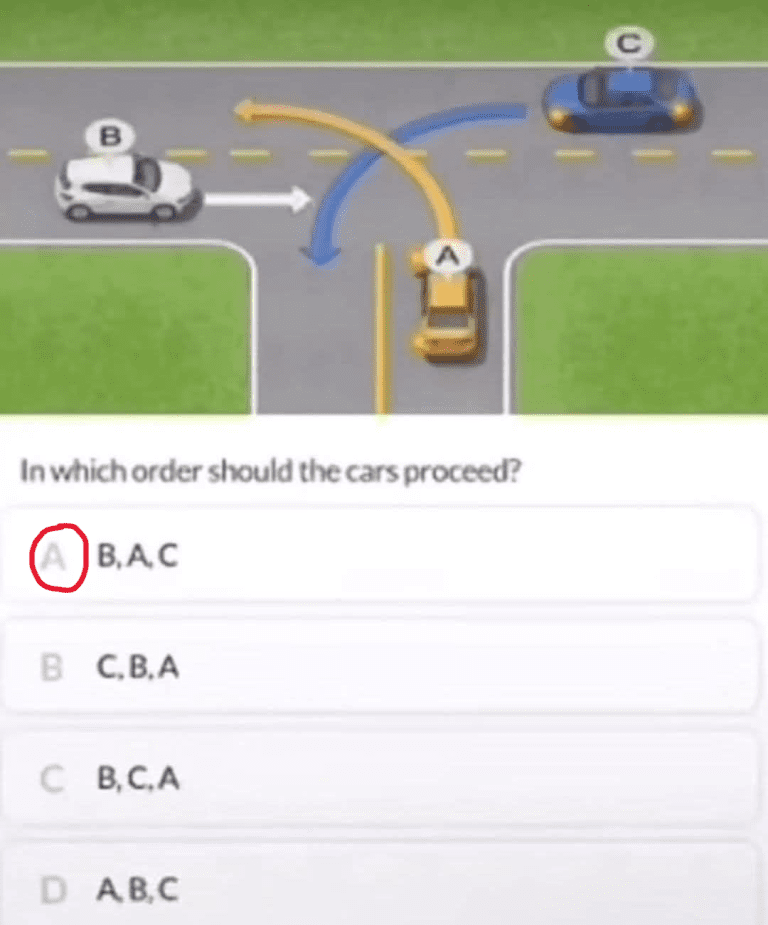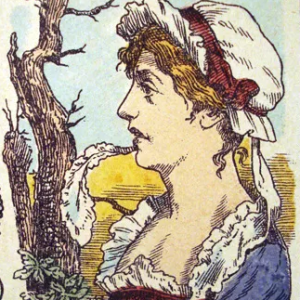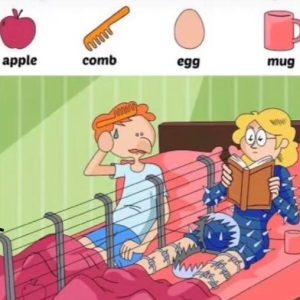Ever found yourself at a stop with no signs, no lights, and a bunch of cars just waiting? You pause. You think. And you wonder—who goes first? If this scenario sounds familiar, you’re not alone. A simple traffic puzzle involving just three cars has gone viral online, and it’s sparking serious debate—even among seasoned drivers.
So let’s break it down together, clear the confusion, and solve this brain-teasing mystery once and for all.

The Viral Puzzle: Three Cars, No Signs, Total Confusion
Here’s what you’re looking at: a quiet three-way intersection, no traffic lights, no stop signs—just three cars, all ready to make their move.
- Car A (yellow) wants to turn left.
- Car B (white) wants to drive straight.
- Car C (blue) also wants to turn left.
Seems easy enough, right? But here’s where it gets tricky: who has the right of way when there are no signals to follow?
Here are your options:
- A) B, A, C
- B) C, B, A
- C) B, C, A
- D) A, B, C
Most people pick the wrong answer. Let’s figure out why.
Video: Which Car Has To Move First ? | Test Your IQ
Understanding the Basics of U.S. Right-of-Way Rules
Before we get into the step-by-step breakdown, let’s go over some essential traffic rules in the U.S.:
- Cars going straight always have the right of way over cars turning left.
- Left-turning vehicles must yield to oncoming traffic.
- When two vehicles are turning left from opposite directions, they can often move simultaneously if their paths don’t cross.
These simple rules help keep intersections safe and traffic moving smoothly—even without signs.
Let’s Analyze the Puzzle Step-by-Step
Video: Mind Test : Which Order Should The Car Proceed ? | Traffic Paheli
Okay, time to apply those rules.
🚗 Car B (white) wants to go straight.
This one’s easy. Car B isn’t turning. It’s going straight through the intersection, which gives it top priority.
✅ Car B goes first.
🚕 Car A (yellow) is turning left.
Since Car A is turning left across Car B’s path, it needs to wait. But once Car B clears the intersection, Car A is free to go—there’s no longer any conflict.
✅ Car A goes second.
🚙 Car C (blue) is also turning left.
Car C isn’t crossing B’s path, but it does need to wait until both Car B and Car A move. That way, there’s no chance of collision.
✅ Car C goes last.
So the correct order? B → A → C
Final Answer: A) B, A, C

Why This Puzzle Tricks So Many People
Here’s the thing—this puzzle looks straightforward, but most people get tripped up by the two left turns. It feels like they’re equal, but they’re not. Car A’s turn crosses a straight-moving vehicle’s path, while Car C’s turn doesn’t interfere with anyone.
That small detail makes all the difference.
Plus, people often forget that two cars turning left toward different lanes aren’t automatically in each other’s way. It’s not about who’s more aggressive—it’s about who’s more aware.
Why It Matters: This Isn’t Just a Brain Teaser
It’s fun to test your brain with puzzles like these, but there’s a serious takeaway here too. Understanding traffic flow and right-of-way rules can help prevent accidents, reduce road rage, and make you a safer, more confident driver.
Think of intersections as conversations between drivers. Everyone’s trying to say “Can I go now?”—but if no one understands the rules, the conversation turns into chaos.
Conclusion: Knowledge Beats Guesswork Every Time
This puzzle isn’t just a game—it’s a wake-up call. Right-of-way rules exist for a reason, and they can save you from confusion, frustration, and potential accidents. Whether you’re cruising through your hometown or exploring a new city, these guidelines have your back.
Next time you approach a mystery intersection, channel your inner traffic detective. Think it through, stay calm, and make your move with confidence.
Because in driving, just like in life, knowing the rules gives you the right of way.


